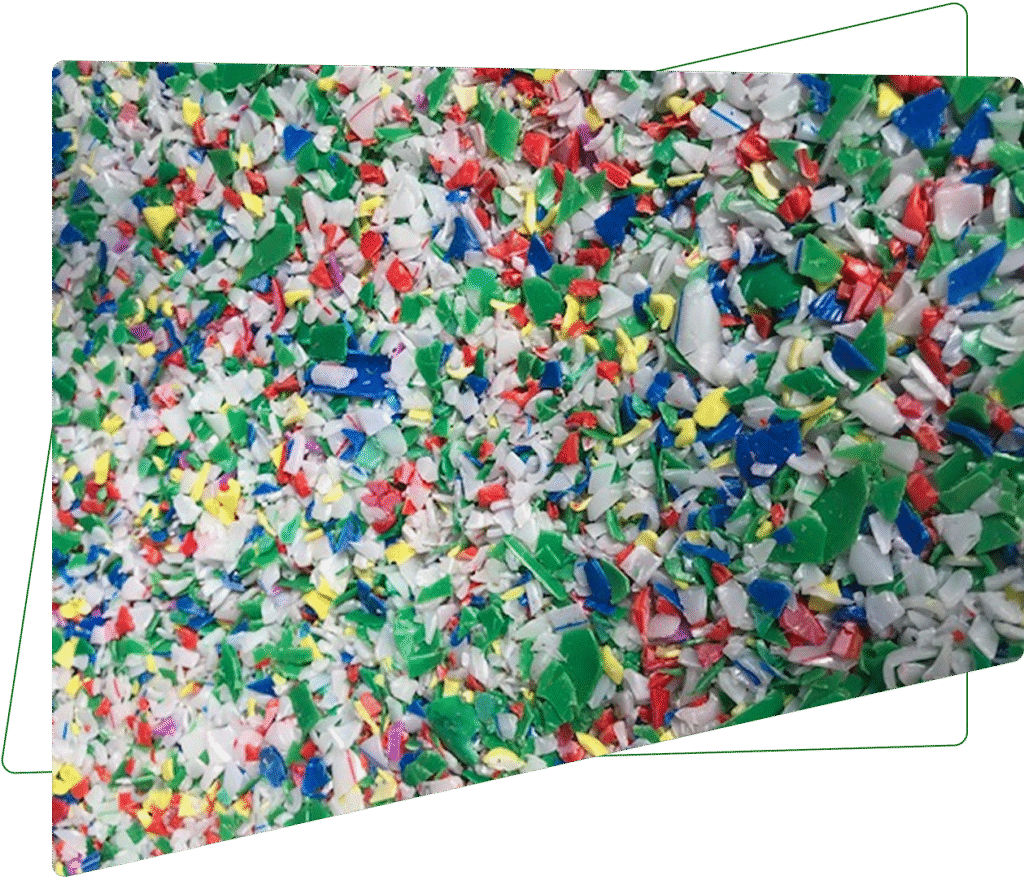
The postconsumer plastics recycling process consists of several important steps aimed at recovering valuable materials from waste. The process begins with the collection of plastic waste, sourced mainly from municipal solid waste (MSW) and industrial waste streams (Bataineh, 2020; Franklin Associates, 2018; Santos et al., 2021). MSW collection involves gathering mixed plastic waste that often contains contaminants like food residues and labels, while industrial waste is usually cleaner and more uniform (Willis et al., 2020).
After collection, the plastics are sorted to separate different types of polymers and remove impurities. This is followed by a thorough cleaning process to eliminate any dirt or residue. The cleaned plastics are then shredded into smaller pieces and reprocessed into flakes, pellets, or regranulates.